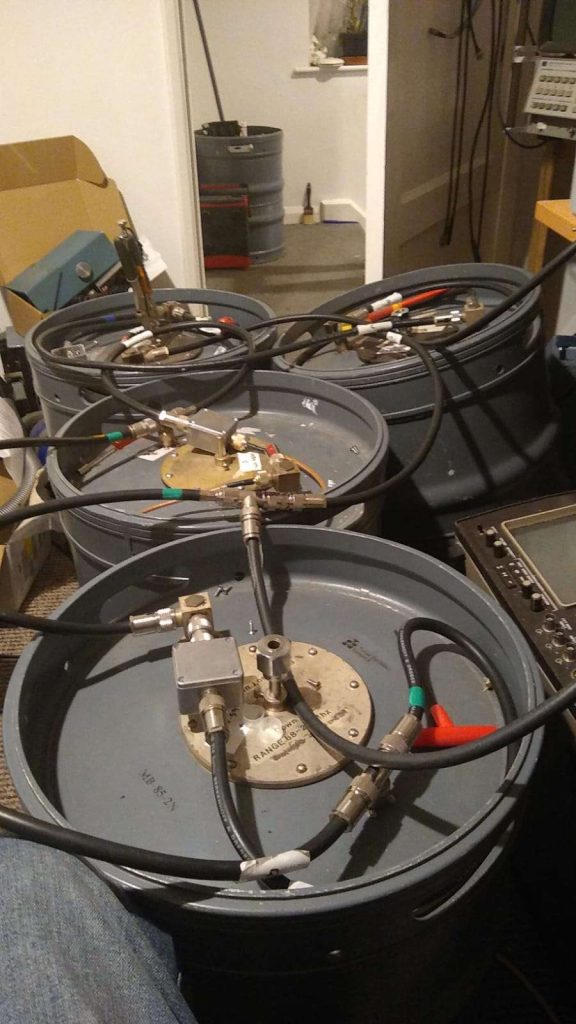It’s been a long time coming, but the 6M repeater to be sited at Wymondham is another step closer to becoming a reality. This week, I was finally able to order the filters needed to allow for single antenna working. These filters are not only expensive but also large. Standing at a towering 1.9 metres high, they will require careful placement within the repeater cabin.
A portion of the cost was covered by the generous donations of our associates. I received a total of £350 in cash donations, and I extend my thanks to everyone who contributed. The filters cost approximately £1,450 shipped, and I personally donated the remaining amount.
What’s left?
While the filters are an important part of the system, they’re only one piece of the puzzle. We also have a converted low-band Tait T300 base station, expertly modified by Jake G1YFF. It’s a highly sought-after, crystal-controlled unit that was previously in use as GB3JX and then GB3EC, both running on 50.830/51.330.
Since then, we’ve been allowed to use a 1 MHz split, which means we now need to ‘re-programme’ the receiver. My next task is to find a custom crystal supplier who can cut one to a specific frequency. There’s a chance I may look into using a programmable DDS to replace the crystal, but I’d much rather use a crystal for its superior stability and high Q factor.
The frequency for the new system will be 50.830TX / 51.830RX with a CTCSS of 94.8Hz. The system will be linked using Allstarlink to provide remote linking capabilities. Echolink might also be enabled, but that’s a decision for a later date.
I plan to write a series of articles as the repeater takes shape, so stick around and keep an eye on the projects/repeater category for more updates.
P.S. GB3EF, the six-metre repeater in Suffolk, has been repaired and, while still on low power, has much-improved coverage. If you can, please give it a try—the keeper, Iain G0OZS, would appreciate signal reports. GB3EF 50.720TX / 51.220RX with a CTCSS of 110.9Hz.
